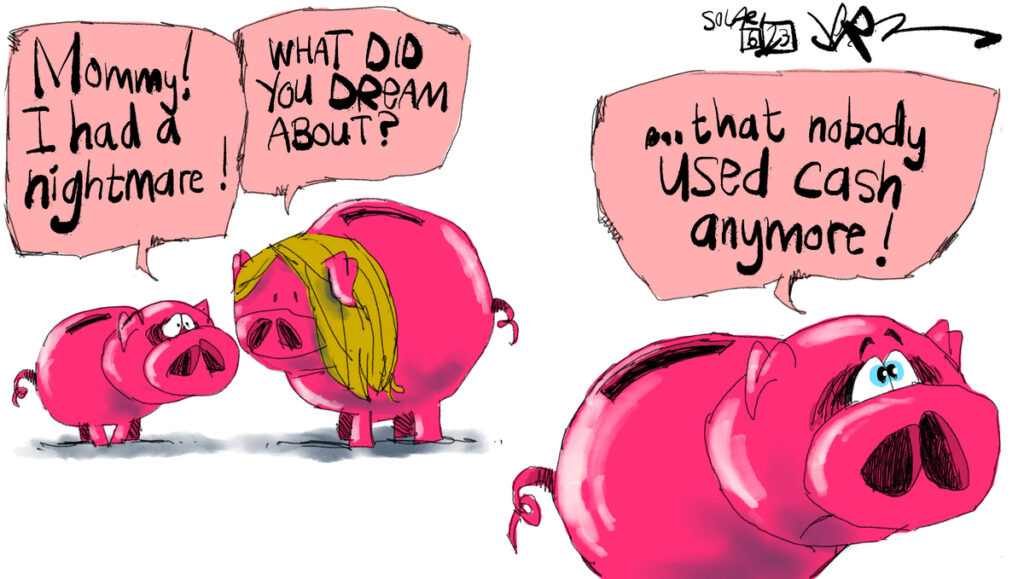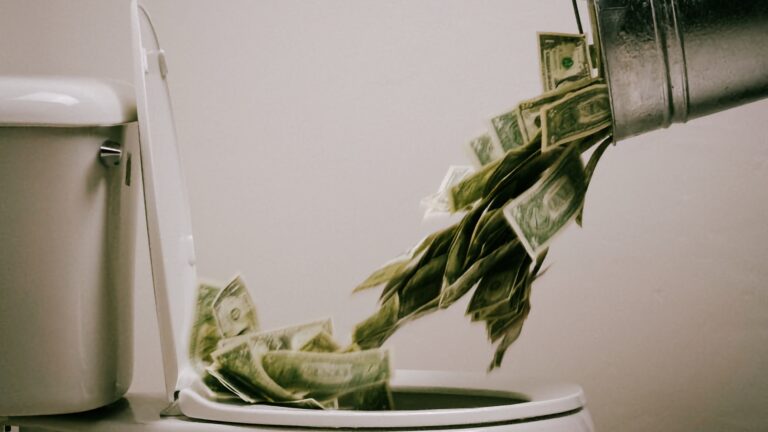Fiat currency is money that has been created out of thin air.
It is interwoven with both the Covid™ narrative and postmodernism, says Michael Esfeld.
[W]ithout the possibility for governments to arbitrarily create money out of nothing, the corona lockdowns would not have happened, because people would have felt the economic consequences directly in their wallets.
Fiat currency is what we commonly use in our everyday lives, like dollars, euros, or yen.
However, what makes fiat currency special is that it doesn’t have any inherent value like gold or silver. Instead, it gets its value because the government says it’s valuable and, in turn, people collectively believe that it’s valuable.
In short, the government, usually through a central bank, creates and regulates fiat currency. They print paper money or create digital currency and declare that it is legal tender, meaning it must be accepted as a form of payment. The government also controls the supply of this currency, deciding how much to print or circulate. When people accept and use it, they do so because they trust that it will be widely accepted in the economy and can be exchanged for goods and services. It’s a system based on faith and confidence in the government and the stability of the economy.
Meanwhile, postmodernism is a way of thinking and a cultural movement that emerged in the mid-20th century.
In simple terms, postmodernism questions the idea that there are absolute truths or universal meanings. rejecting the notion that there are fixed, objective truths that can be universally understood and accepted.
For example, the absurd claim that men can become women is a consequence of postmodernism.
Postmodernists believe that knowledge is not something we can discover objectively, but rather something that is constructed through language, social interactions, and power dynamics.
Michael chatted to me about how fiat currency and postmodernism collide.





